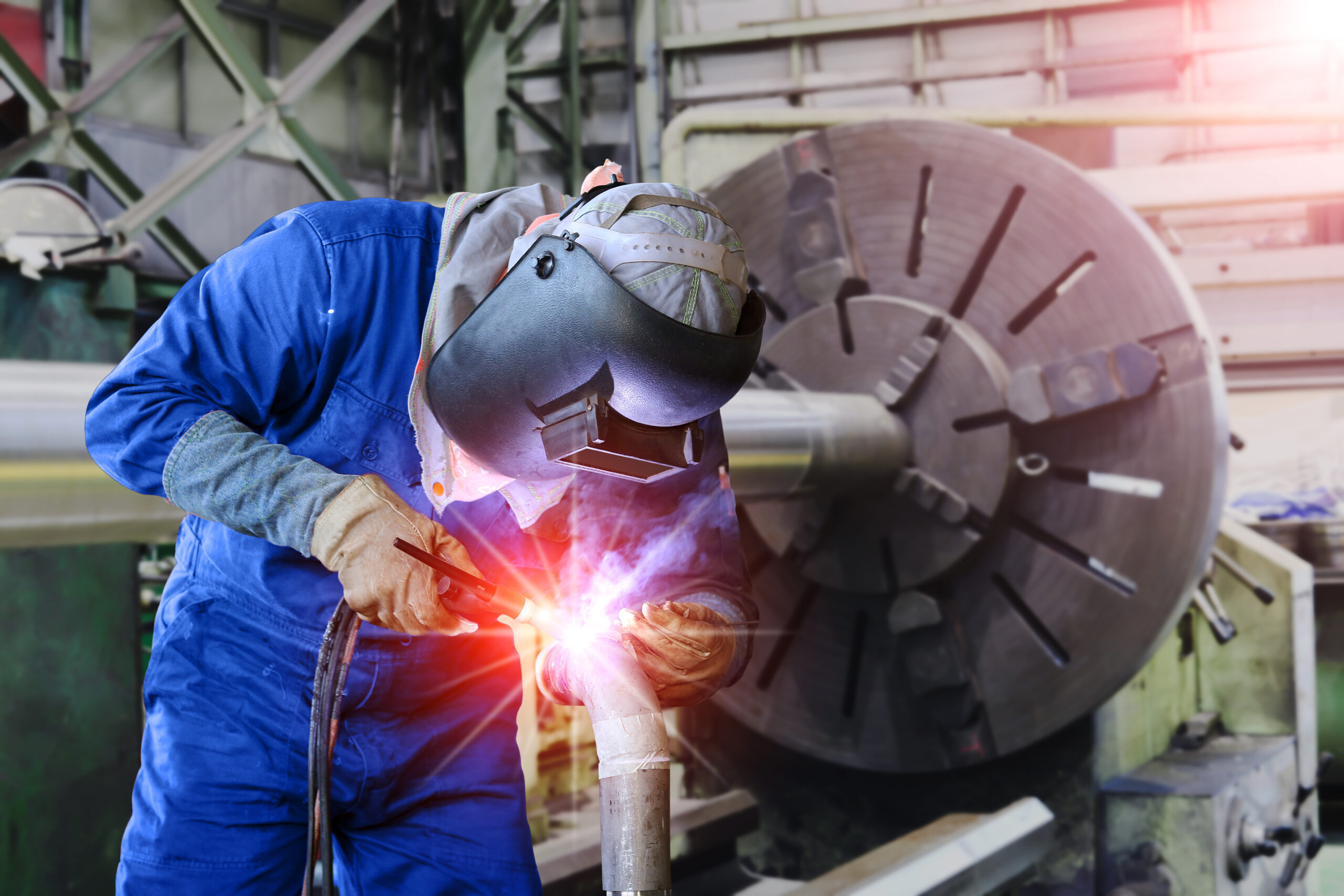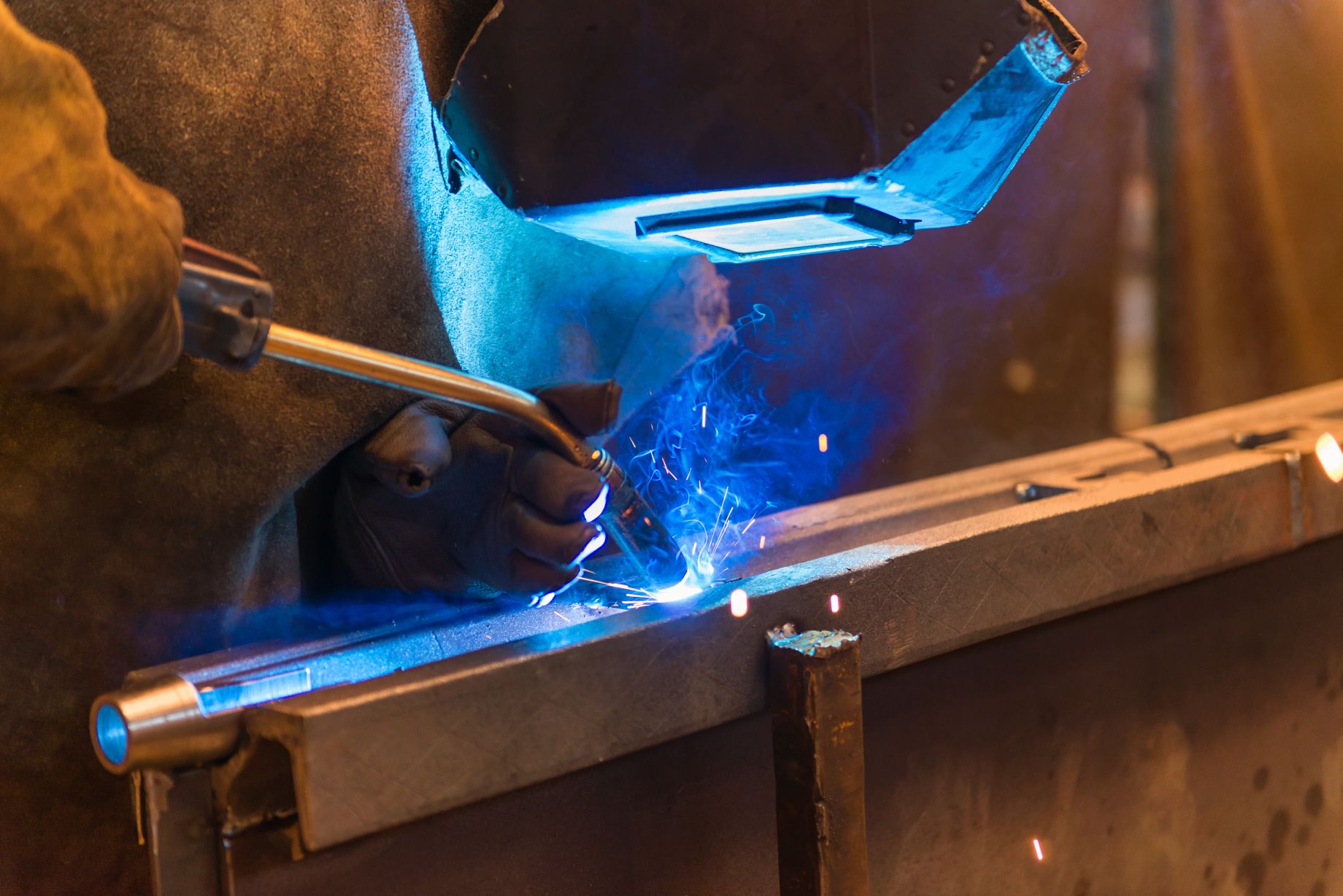Bonding WPS for Beginners: Getting Started with Welding Treatment Requirements
Bonding WPS for Beginners: Getting Started with Welding Treatment Requirements
Blog Article
The Ultimate Guide to Welding WPS Procedures: A Detailed Introduction for Welders
In the elaborate world of welding, Welding Procedure Requirements (WPS) work as the backbone of making certain quality, uniformity, and security in welding procedures. Comprehending the subtleties of developing, applying, and keeping an eye on WPS procedures is vital for welders looking to elevate their craft and satisfy market standards. As we look into the numerous parts of a WPS and explore the complexities of credentials and qualification, we will discover the essential duty these procedures play in the world of welding. Let's get started on a journey to unravel the complexities and importance of WPS treatments in welding techniques.
Importance of WPS Procedures
Comprehending the significance of Welding Treatment Specs (WPS) treatments is essential for ensuring the top quality and honesty of bonded structures. WPS treatments offer as a roadmap for welders, laying out the essential actions, criteria, and materials needed to achieve a sound weld. By sticking to WPS standards, welders can guarantee consistency in their job, resulting in structurally sound and reliable welds.
Among the primary reasons WPS treatments are vital is their role in keeping weld quality and integrity. Complying with the defined welding specifications and techniques laid out in the WPS helps avoid issues such as porosity, fracturing, or insufficient combination, which can endanger the stamina and longevity of the weld. Additionally, WPS treatments are important for making sure compliance with sector requirements and codes. By complying with established WPS guidelines, welders can demonstrate that their job fulfills the required needs for safety and security and quality, supplying guarantee to clients, assessors, and regulative bodies. In essence, the significance of WPS treatments can not be overstated, as they are essential to accomplishing regular, top quality welds that satisfy sector requirements and requirements.

Parts of a WPS
A Welding Procedure Specification (WPS) normally makes up crucial elements that detail the specific needs for performing a weld, guaranteeing uniformity and top quality in the welding process. The vital parts of a WPS include crucial variables such as base metals, filler steels, interpass and preheat temperatures, welding procedures, shielding gases, welding placements, and post-weld warm therapy demands.
Base metals refer to the materials being joined, while filler steels are utilized to fill up the void in between the base metals throughout welding. Preheat and interpass temperatures are essential for controlling the warmth input and avoiding issues like cracking or distortion. The welding procedure describes the certain technique to be utilized, whether it's gas metal arc welding (GMAW), protected steel arc welding (SMAW), or an additional approach. Shielding gases safeguard the weld swimming pool from atmospheric contamination. Welding placements define the orientations in which welding can be executed. Post-weld warmth therapy may be directory needed to relieve tensions and enhance the weld's properties. A complete understanding of these components is critical for developing a thorough and efficient WPS.

Credentials and Certification
Having actually developed the crucial components of a Welding Procedure Requirements (WPS), the emphasis now shifts towards the vital facets of qualification and accreditation in welding techniques.

Qualification, on the other hand, is the formal recognition of a welder's credentials by a pertinent qualification body or company. Welding certifications are normally based upon the particular welding procedures, products, and positions a welder is certified to collaborate with. Holding a legitimate welding accreditation shows that a welder fulfills sector criteria and is experienced to perform welding jobs to the needed requirements.
Producing a WPS
To develop a Welding Treatment Spec (WPS) that fulfills market requirements, careful factor to consider of welding processes, products, and functional parameters is essential. The first action in creating a WPS is to recognize the welding procedure to be utilized, such as gas steel arc welding (GMAW) or shielded metal arc welding (SMAW)

Carrying Out and Keeping An Eye On WPS
Upon finalizing the thorough Welding Procedure Requirements (WPS) that meticulously details welding processes, products, functional parameters, and top visit this site right here quality assurance steps, the focus shifts to effectively applying and checking the established procedures. Execution entails ensuring that all welders entailed in the job are familiar with the WPS and follow it meticulously during the welding process. Reliable application and surveillance of the WPS are vital for making sure the stability, toughness, and security of the bonded joints, eventually contributing to the general success of the welding project.
Final Thought
To conclude, understanding and following Welding Procedure Specs (WPS) is important for welders to guarantee quality, consistency, and security in their job. By knowing the elements of a WPS, getting proper credentials and certifications, developing comprehensive treatments, and applying and monitoring them successfully, welders can boost their abilities and proficiency in welding methods. Abiding by WPS procedures is essential for producing top notch welds and conference sector standards.
In the detailed world of welding, Welding Procedure Specifications (WPS) offer as the foundation of guaranteeing high quality, uniformity, and safety and security in welding procedures. The welding procedure lays out the particular technique to be used, whether it's gas steel arc welding (GMAW), protected metal arc welding (SMAW), or one more method.To develop a Welding Treatment Requirements (WPS) that meets sector standards, cautious factor to consider of welding procedures, materials, and operational criteria is important. The initial action in producing a WPS is to determine the welding process to be used, such as gas steel arc welding (GMAW) or secured steel arc welding (SMAW)Upon finalizing the detailed Welding Procedure Spec (WPS) that carefully details welding procedures, materials, functional criteria, and quality assurance steps, the focus changes to properly applying and keeping track of the recognized procedures.
Report this page